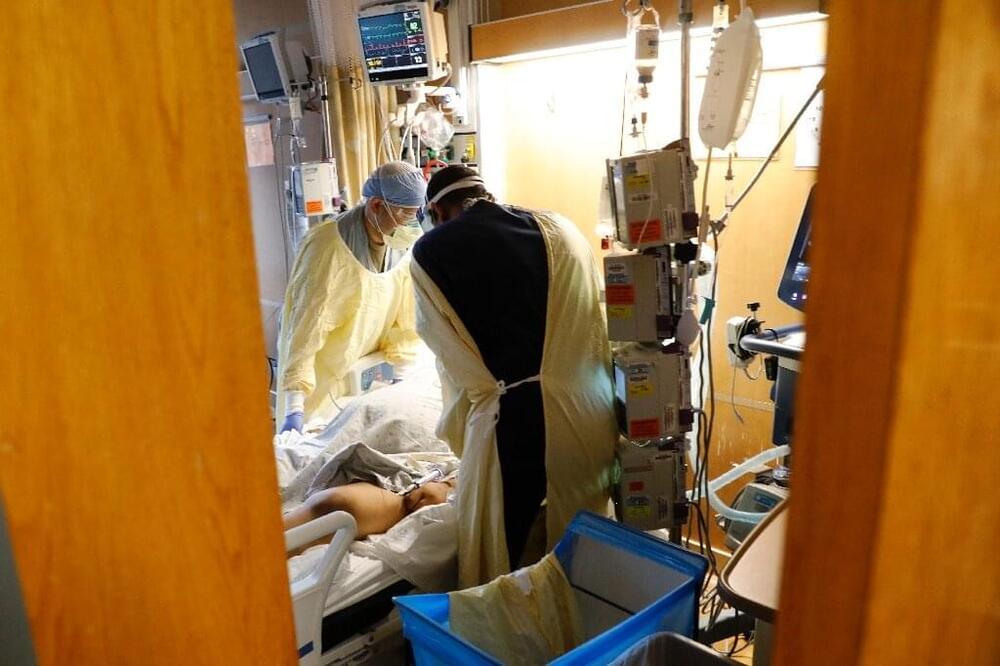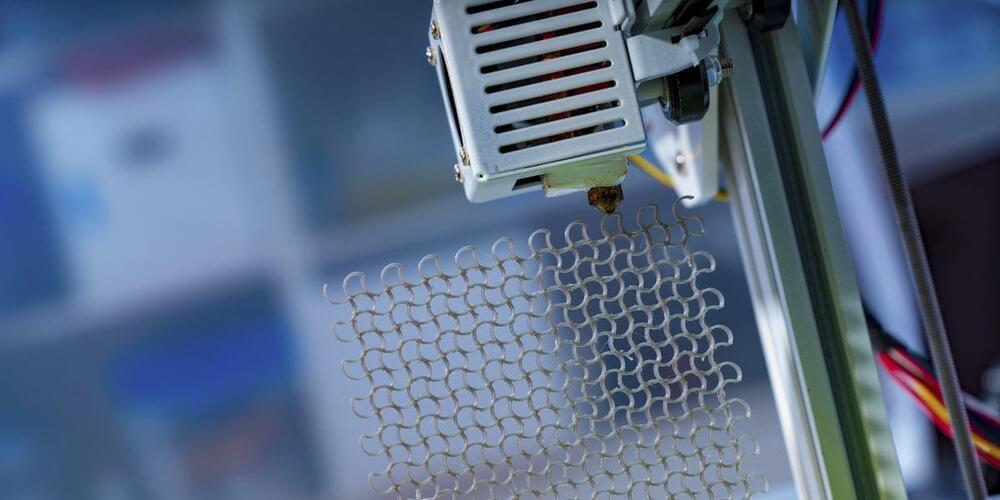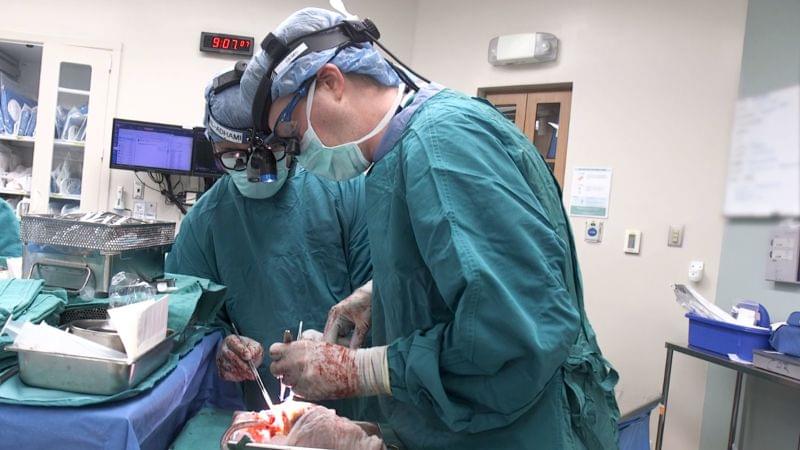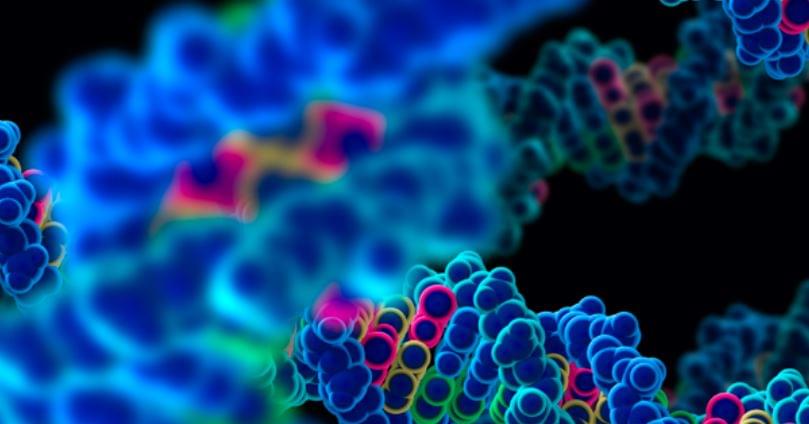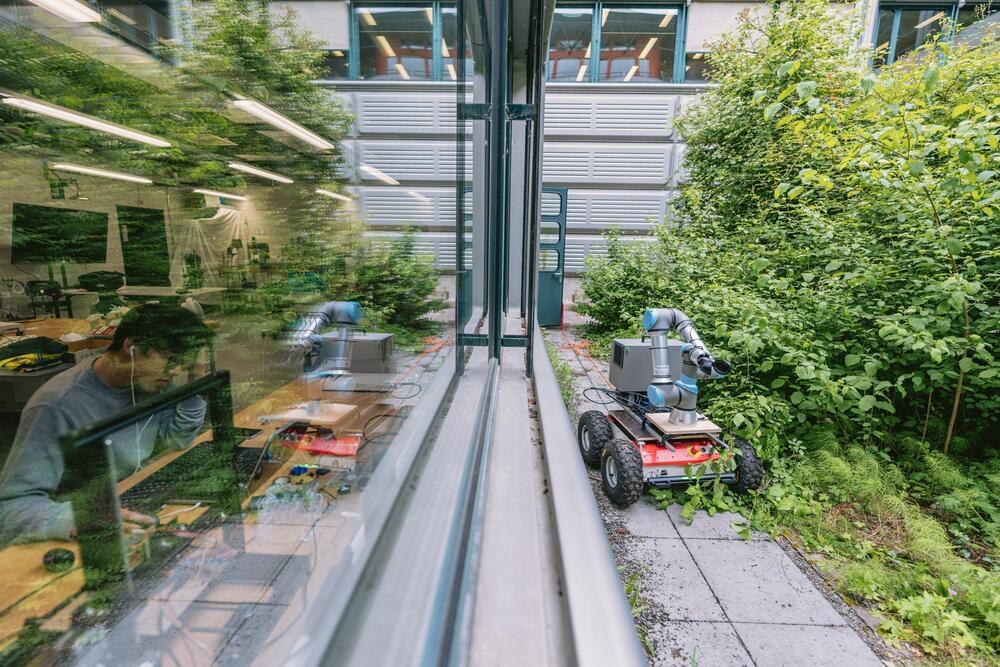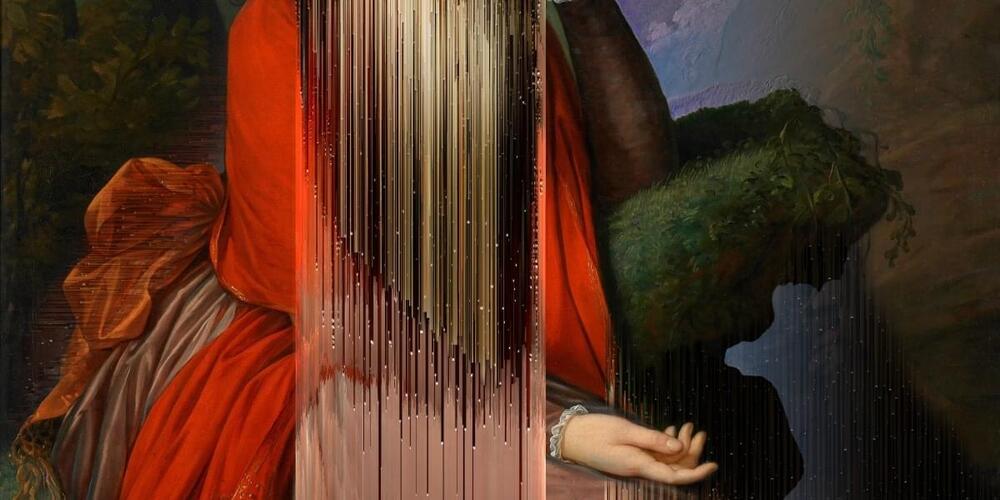Artificial intelligence has proven itself useful in reading medical imaging and even shown it can pass doctors’ licensing exams.
Now, a new AI tool has demonstrated the ability to read physicians’ notes and accurately anticipate patients’ risk of death, readmission to hospital, and other outcomes important to their care.
Designed by a team at NYU Grossman School of Medicine, the software is currently in use at the university’s affiliated hospitals throughout New York, with the hope that it will become a standard part of health care.
